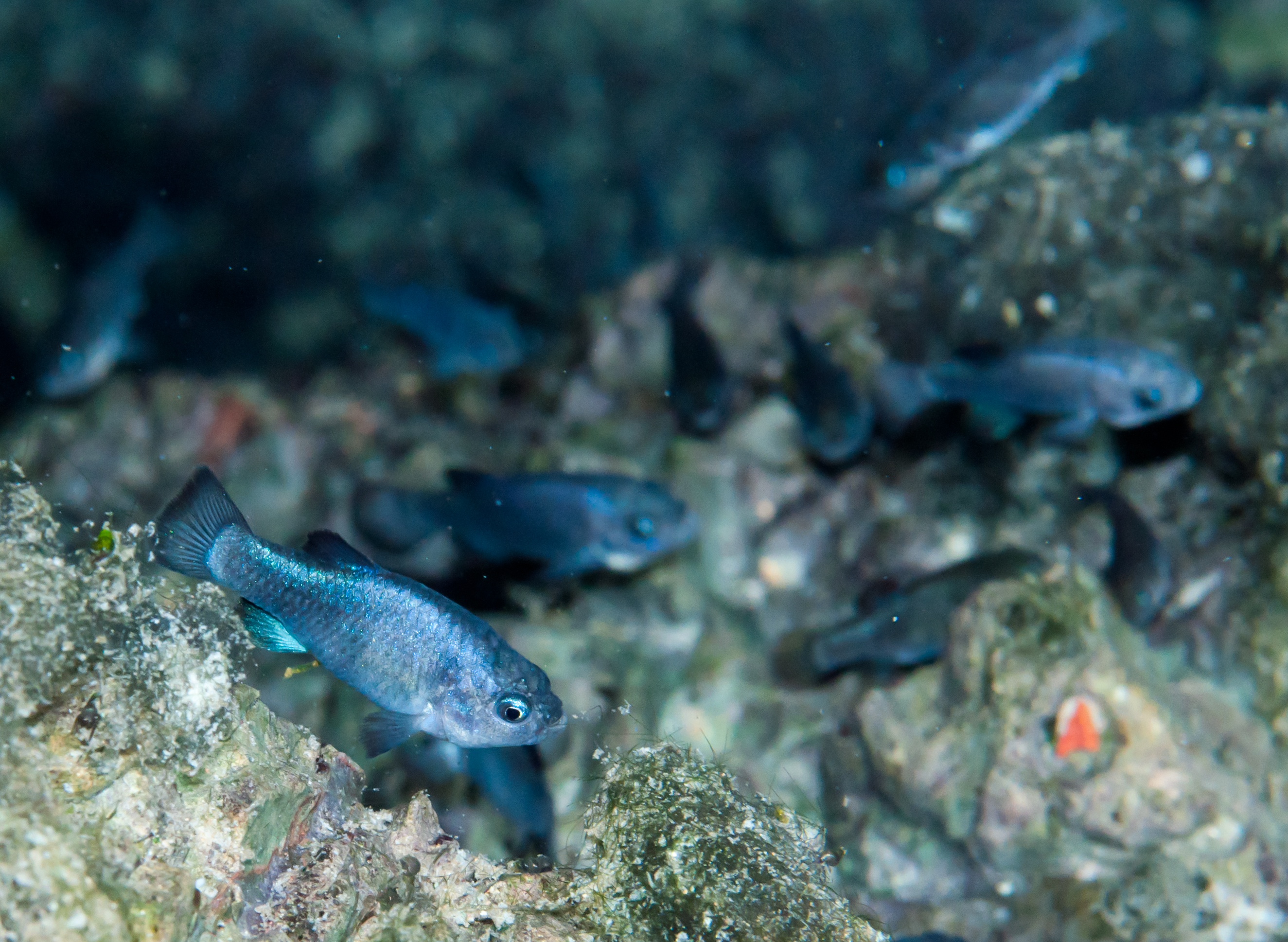News Release

NPS photo
|
Subscribe
|
Contact: Abby Wines, 760-786-3221
Contact: Kevin Wilson, 775-537-0787 x207
Alaska Quake Shakes Water in Devils Hole
DEATH VALLEY, CA – A powerful earthquake off the coast of Alaska caused water to slosh in Devils Hole, in Death Valley National Park.
The magnitude 7.9 earthquake’s epicenter was in the Gulf of Alaska, approximately 170 miles south of Kodiak, Alaska, according to the U.S. Geological Survey. The quake happened in the early morning hours of Monday, January 23, 2018.
Minutes later, the earthquake’s impact was felt about 2,000 miles away in the Nevada desert.
“It’s crazy that distant earthquakes affect Devils Hole,” said Kevin Wilson, Aquatic Ecologist for Death Valley National Park. “We’ve seen this a few times before, but it still amazes me.”
The phenomenon is technically known as a seismic seiche. They are standing waves in an enclosed body of water (such as a lake or a pool) caused by an earthquake’s seismic waves.
“That sounds a lot like a tsunami,” said Wilson, “but tsunamis are caused by an earthquake moving the ocean floor up or down. Tsunamis can generate much larger waves.”
Fortunately, the temblor triggered only an 8-inch tsunami in the Pacific Ocean. The seiche in Devils Hole caused waves over one foot high.
Devils Hole is a water-filled limestone cave in Amargosa Valley, Nevada. It is part of Death Valley National Park. The site is the only natural habitat of the critically endangered Devils Hole pupfish, which numbered only 115 fish in the most recent survey.
The park isn’t too concerned about the quake’s impact on the fish. “The pupfish’s food source will probably be a little reduced for a bit, but it is expected to rebound,” said Ambre Chaudoin, Biological Science Technician. A primary component of the pupfish’s diet is algae growing on a shallow sunlit shelf at the top of Devils Hole.
Chaudoin observed the fish spawning after the seiche, which she said is their normal reaction to events that disturb the habitat. The fish’s color changed for spawning, with the males gaining a brilliant blue color. Devils Hole pupfish normally only spawn in spring and fall.
A video of a 2012 seiche in Devils Hole can be viewed at: https://youtu.be/a6h82PIi_-0
-www.nps.gov/deva-
Death Valley National Park is the homeland of the Timbisha Shoshone and preserves natural and cultural resources, exceptional wilderness, scenery, and learning experiences within the nation’s largest conserved desert landscape and some of the most extreme climate and topographic conditions on the planet. About two-thirds of the park was originally designated as Death Valley National Monument in 1933. Today the park is enjoyed by about 1,300,000 people per year. The park is 3,400,000 acres – nearly as large as the state of Connecticut. Learn more at www.nps.gov/deva.
Last updated: September 22, 2022
